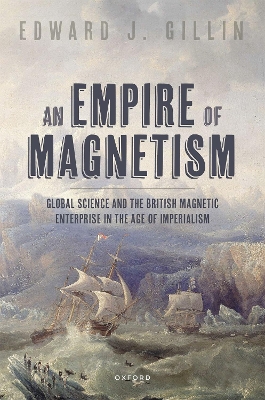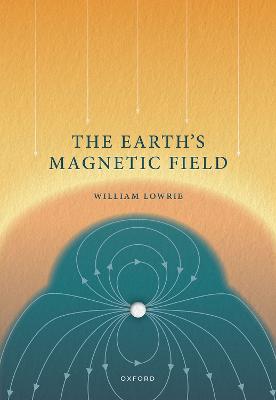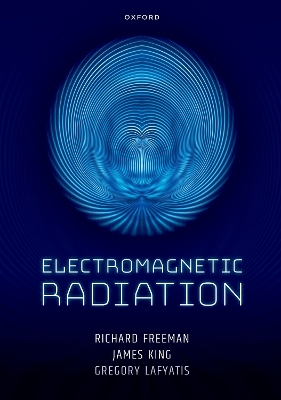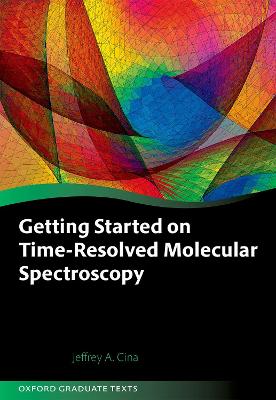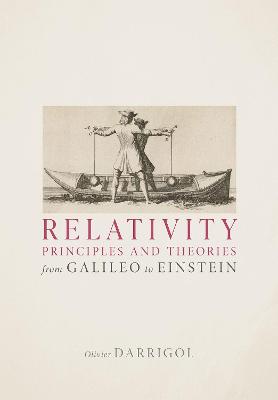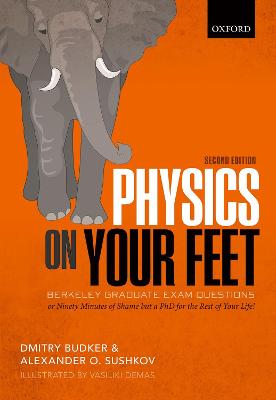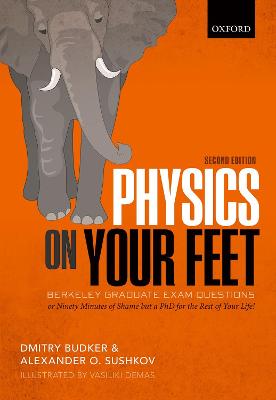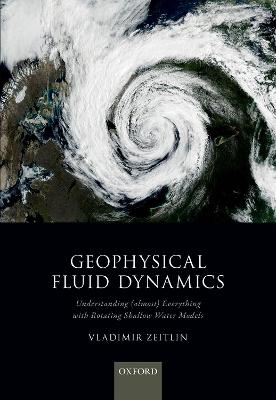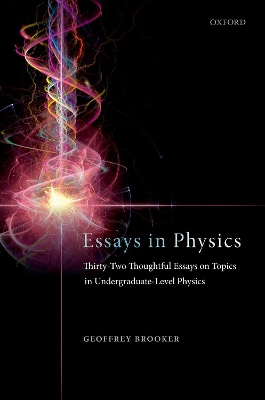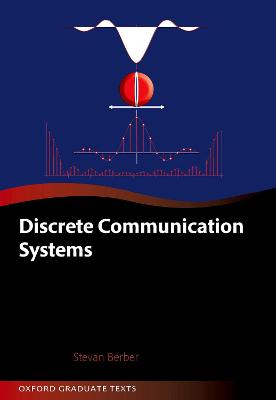Earth's Magnetic Field
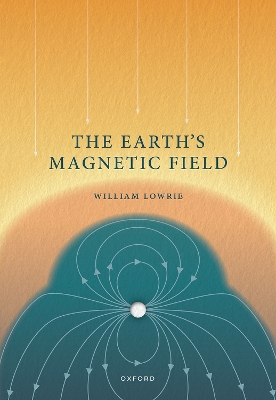 -10%
portes grátis
-10%
portes grátis
Earth's Magnetic Field
Lowrie, Prof William
Oxford University Press
06/2023
176
Mole
Inglês
9780192862686
15 a 20 dias
1.1 The discovery of magnetism
1.2 The Earth as a magnet
1.3 The origin of magnetic fields
1.4 Electrical currents and magnetic fields
1.5 Magnetism at atomic level: the Bohr model of the atom
1.6 Spectral analysis and the Zeeman effect
1.7 Electromagnetism
1.8 Particle radiation
2: How the geomagnetic field is measured
2.1 Measurement of magnetic field direction
2.2 Measurement of magnetic field intensity
2.3 Vector magnetometers
2.4 Scalar magnetometers
2.5 Magnetic gradiometers
2.6 Terrestrial magnetic surveying
2.7 Magnetic observatories
2.8 Satellite mapping of the global magnetic field
2.9 The geomagnetic field at the Earth's surface
3: Sources of the Earth's magnetic field
3.1 The Earth's internal structure
3.2 Pressure and temperature in the Earth
3.3 Dipole and multipole fields
3.4 Internal and external sources of the magnetic field
3.5 Spherical harmonic analysis of the internal field
3.6 The international geomagnetic reference field
3.7 Spatial power spectrum of the internal field
3.8 The lithospheric magnetic field
4: The geomagnetic dynamo
4.1 The concept of a self-sustaining dynamo
4.2 Heat transport in the core
4.3 The Coriolis force due to the Earth's rotation
4.4 Magnetohydrodynamics and the frozen-flux concept
4.5 The dynamo model for the origin of the internal magnetic field
4.6 The magnetic influence of the inner core
4.7 The magnetic field at the core-mantle boundary
4.8 Archeomagnetic secular variation of paleointensity
4.9 The geomagnetic field in the early Earth
5: The magnetism of the Earth's Crust
5.1 Physical properties of the crust and mantle
5.2 Crystal rock types
5.3 Types of magnetism in minerals
5.4 Antiferromagnetic and ferrimagnetic minerals
5.5 Induced and remanent magnetizations
5.6 The thickness of the magnetized crustal layer
5.7 How a magnetic anomaly originates
5.8 Continental magnetic anomalies
5.9 The magnetization of the oceanic crust
5.10 The age of the ocean floor
6: The ancient geomagnetic field
6.1 The natural remanent magnetizations of rocks
6.2 The geocentric axial dipole hypothesis
6.3 Methods of paleomagnetism
6.4 Apparent polar wander and continental reconstructions
6.5 Geomagnetic polarity reversals
6.6 Magnetic polarity stratigraphy
6.7 Geomagnetic polarity in the Early Mesozoic and Paleozoic
6.8 The geomagnetic field in the Precambrian
7: The effects of solar activity on the geomagnetic field
7.1 The internal structure of the Sun
7.2 Energy transfer in the Sun
7.3 Sunspots and the solar cycle
7.4 The Sun's magnetic field
7.5 The solar wind
7.6 The interplanetary magnetic field
7.7 Coronal mass ejections and solar flares
8: The magnetosphere and ionosphere
8.1 The magnetosphere
8.2 The Van Allen radiation belts
8.3 The ionosphere
8.4 Electromagnetic induction in the crust and mantle
8.5 Magnetic storms and substorms
8.6 Space weather
Free
1.1 The discovery of magnetism
1.2 The Earth as a magnet
1.3 The origin of magnetic fields
1.4 Electrical currents and magnetic fields
1.5 Magnetism at atomic level: the Bohr model of the atom
1.6 Spectral analysis and the Zeeman effect
1.7 Electromagnetism
1.8 Particle radiation
2: How the geomagnetic field is measured
2.1 Measurement of magnetic field direction
2.2 Measurement of magnetic field intensity
2.3 Vector magnetometers
2.4 Scalar magnetometers
2.5 Magnetic gradiometers
2.6 Terrestrial magnetic surveying
2.7 Magnetic observatories
2.8 Satellite mapping of the global magnetic field
2.9 The geomagnetic field at the Earth's surface
3: Sources of the Earth's magnetic field
3.1 The Earth's internal structure
3.2 Pressure and temperature in the Earth
3.3 Dipole and multipole fields
3.4 Internal and external sources of the magnetic field
3.5 Spherical harmonic analysis of the internal field
3.6 The international geomagnetic reference field
3.7 Spatial power spectrum of the internal field
3.8 The lithospheric magnetic field
4: The geomagnetic dynamo
4.1 The concept of a self-sustaining dynamo
4.2 Heat transport in the core
4.3 The Coriolis force due to the Earth's rotation
4.4 Magnetohydrodynamics and the frozen-flux concept
4.5 The dynamo model for the origin of the internal magnetic field
4.6 The magnetic influence of the inner core
4.7 The magnetic field at the core-mantle boundary
4.8 Archeomagnetic secular variation of paleointensity
4.9 The geomagnetic field in the early Earth
5: The magnetism of the Earth's Crust
5.1 Physical properties of the crust and mantle
5.2 Crystal rock types
5.3 Types of magnetism in minerals
5.4 Antiferromagnetic and ferrimagnetic minerals
5.5 Induced and remanent magnetizations
5.6 The thickness of the magnetized crustal layer
5.7 How a magnetic anomaly originates
5.8 Continental magnetic anomalies
5.9 The magnetization of the oceanic crust
5.10 The age of the ocean floor
6: The ancient geomagnetic field
6.1 The natural remanent magnetizations of rocks
6.2 The geocentric axial dipole hypothesis
6.3 Methods of paleomagnetism
6.4 Apparent polar wander and continental reconstructions
6.5 Geomagnetic polarity reversals
6.6 Magnetic polarity stratigraphy
6.7 Geomagnetic polarity in the Early Mesozoic and Paleozoic
6.8 The geomagnetic field in the Precambrian
7: The effects of solar activity on the geomagnetic field
7.1 The internal structure of the Sun
7.2 Energy transfer in the Sun
7.3 Sunspots and the solar cycle
7.4 The Sun's magnetic field
7.5 The solar wind
7.6 The interplanetary magnetic field
7.7 Coronal mass ejections and solar flares
8: The magnetosphere and ionosphere
8.1 The magnetosphere
8.2 The Van Allen radiation belts
8.3 The ionosphere
8.4 Electromagnetic induction in the crust and mantle
8.5 Magnetic storms and substorms
8.6 Space weather
Free



